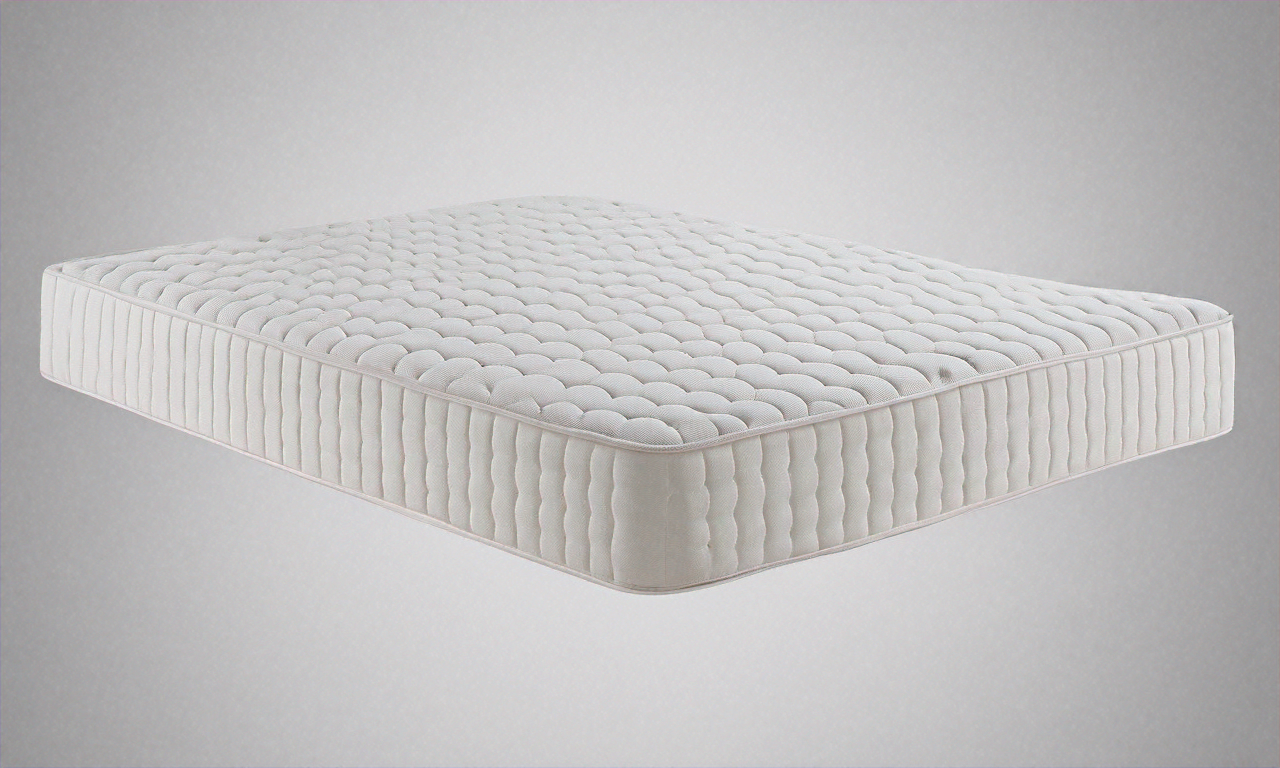Understanding Hair Transplants: A Comprehensive Guide
Hair loss is a common concern that affects millions of people around the world. For many, it's not merely a cosmetic issue but rather a deep psychological one, impacting their self-esteem and confidence. Various solutions have been proposed and used over the years, from topical treatments and medications to wigs and hairpieces. However, one treatment stands out for its potential to provide a more permanent and natural-looking solution - hair transplantation. Let's delve into the historical context, current relevance, trends, impact, reception, and unique insights surrounding this intriguing procedure.

The Historical Evolution of Hair Transplantation
Hair transplantation has a surprisingly rich history that dates back to Japan in the 1930s. Dr. Okuda, a Japanese dermatologist, started using small grafts similar to the ones used in modern hair transplants. However, his work did not gain widespread attention due to World War II. It wasn’t until the 1950s that hair transplants began to gain recognition in the United States, thanks to the pioneering work of Dr. Norman Orentreich. His groundbreaking work allowed more people to consider hair transplantation as a viable solution, paving the way for the further development and refining of the procedures we see today.
Modern Hair Transplant Techniques: FUT and FUE
Fast forward to today, hair transplant procedures have evolved significantly, with two main techniques dominating the industry: Follicular Unit Transplantation (FUT) and Follicular Unit Extraction (FUE). FUT, also known as strip harvesting, involves removing a strip of scalp from the back of the head and dissecting it into individual grafts. Meanwhile, FUE involves harvesting individual hair follicles directly from the scalp, which are then planted in the balding area.
Both techniques have their merits and drawbacks. FUT often leads to a more significant number of grafts, which may be beneficial for extensive balding. However, it leaves a linear scar and requires a longer recovery period. On the other hand, FUE is less invasive with no noticeable scarring, but it can be more time-consuming and costly.
The Rise of Robotic Hair Transplants
One of the most exciting advancements in the field of hair transplantation is the advent of robotic systems, such as the ARTAS Robotic Hair Transplant system. These technological marvels aim to increase the precision and efficiency of FUE procedures, minimizing human error and potentially improving outcomes. While they are still relatively new, these systems represent a significant step forward in hair transplant technology, and their usage is expected to increase in the coming years.
Perception and Impact of Hair Transplants
The perception of hair transplants has changed dramatically over the years. Initially, hair transplants were often associated with unnatural-looking results and significant scarring. However, modern techniques and advancements have led to more natural-looking results, changing the perception of this procedure.
Hair transplants can have a profound impact on individuals suffering from hair loss. A successful hair transplant can significantly improve a person’s appearance, which can lead to increased self-esteem and confidence. However, it’s crucial to have realistic expectations, as the results depend on various factors, including hair quality, density, and individual health factors.
The Future of Hair Transplants
Hair transplantation is a field that is constantly evolving, with new techniques and technologies continually being developed. One promising area of research is the use of stem cells to regrow hair. This could potentially provide a more efficient and less invasive method of hair restoration compared to current techniques.
Moreover, there is a growing trend towards using hair transplantation for purposes beyond addressing baldness. For instance, it’s increasingly being used to reshape and enhance eyebrows, beards, and even eyelashes.
Conclusion
Hair transplantation has come a long way since its inception in the 1930s. Today, it stands as a testament to the power of medical innovation and offers a beacon of hope for those struggling with hair loss. As technology continues to advance, the future of hair transplants looks bright, promising more efficient, effective, and less invasive solutions for hair restoration. However, it’s essential to remember that while hair transplants can significantly improve appearance and boost self-esteem, they are not a cure-all and should be considered as part of a comprehensive approach to hair loss.




